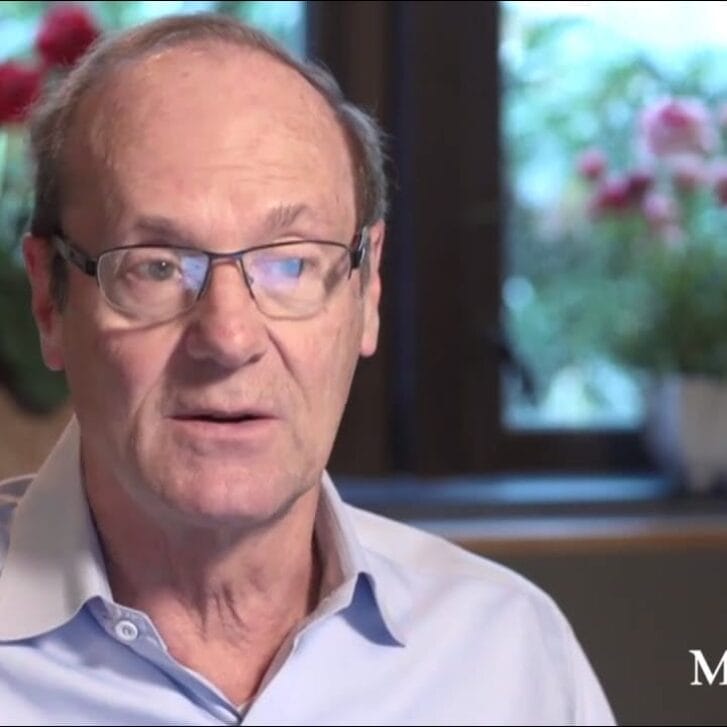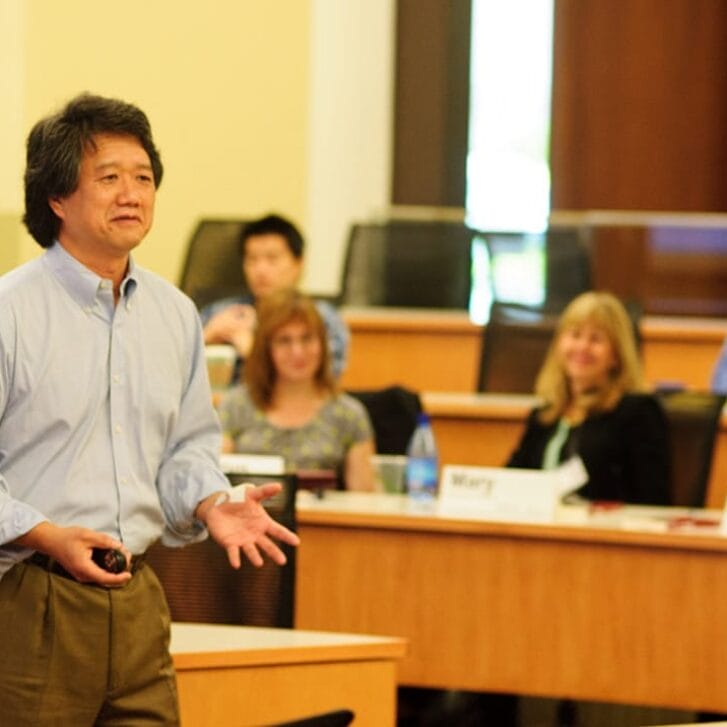In 2015, a trend piece about the power of visual communication might be a few years behind the times. After all, people have been using pictures to document their experience for a while now. Think “foodstagramming” is a fad? We’ve been there. The selfie trend? There’s nothing new under the sun.
Although Facebook users leveled off in 2014, Pinterest and Instagram users continued to rise.
But when Parry Bedi, WG’12, CEO of SocialGlimpz, asserts that visuals are the new language of consumers, he does make a very valid point. In 2014, Instagram users jumped dramatically, making it the second most popular social platform among millennials. Pinterest continued its steady rise, and Snapchat users shared a record 700 million images. Communicating with visuals is nothing new, but the ubiquity of smartphones, the speed of communication and the popularity of new platforms have indeed transformed the way we interact.
We know from Wharton research that user-driven ideation forms a vital part of a company’s innovation toolkit. But in order to engage with consumers successfully, it’s essential to speak their language. To receive genuine, uncontrived feedback, companies need to adjust their approach to users’ existing behaviors, so that the process feels as organic for users as possible. For Bedi, that means speaking in pictures.
Watch the video above: Let Parry Bedi explain for himself the “rise of visuals.”
Bedi’s company translates traditional market research techniques to the visual language of consumers. Instead of a survey or focus group, brands can pose questions for consumers via a mobile site (“How do you feel about Product X?” “What should Product Y’s packaging be like?”). Research providers broadcast the questions to targeted consumers, who then submit spontaneous responses with cellphone pictures. SocialGlimpz’s software then analyzes the pictures for their emotional content and provides dashboards for extracting usable data.
SocialGlimpz provides just one example of the kind of instant feedback cycles that are ramping up the pace of market research today. Companies trying to act on such quick feedback, though, face a real challenge: they must recalibrate the pace of their own business accordingly. “The six-month cycles are dead no matter what industry you are in,” says Bedi.
“In my experience,” he continues, “well-intentioned managers say, ‘Hey, we cannot implement this new methodology or this new technique,’ even when their data are clearly showing them that this is the way to go … The models that they have built over the last three decades are set up in a way that these new forms of data don’t jive with that.
“So, throw out the old model and accept something new.”
Remain open to change. It’s a cliché, he admits, but where innovation is concerned, we at the Mack Institute think it’s pretty sound advice.
What we’d really like to see, though, is how Bedi would communicate that idea in pictures.
Editor’s note: The original version of this post appeared on March 17, 2015, on the Mack Institute News page.


























